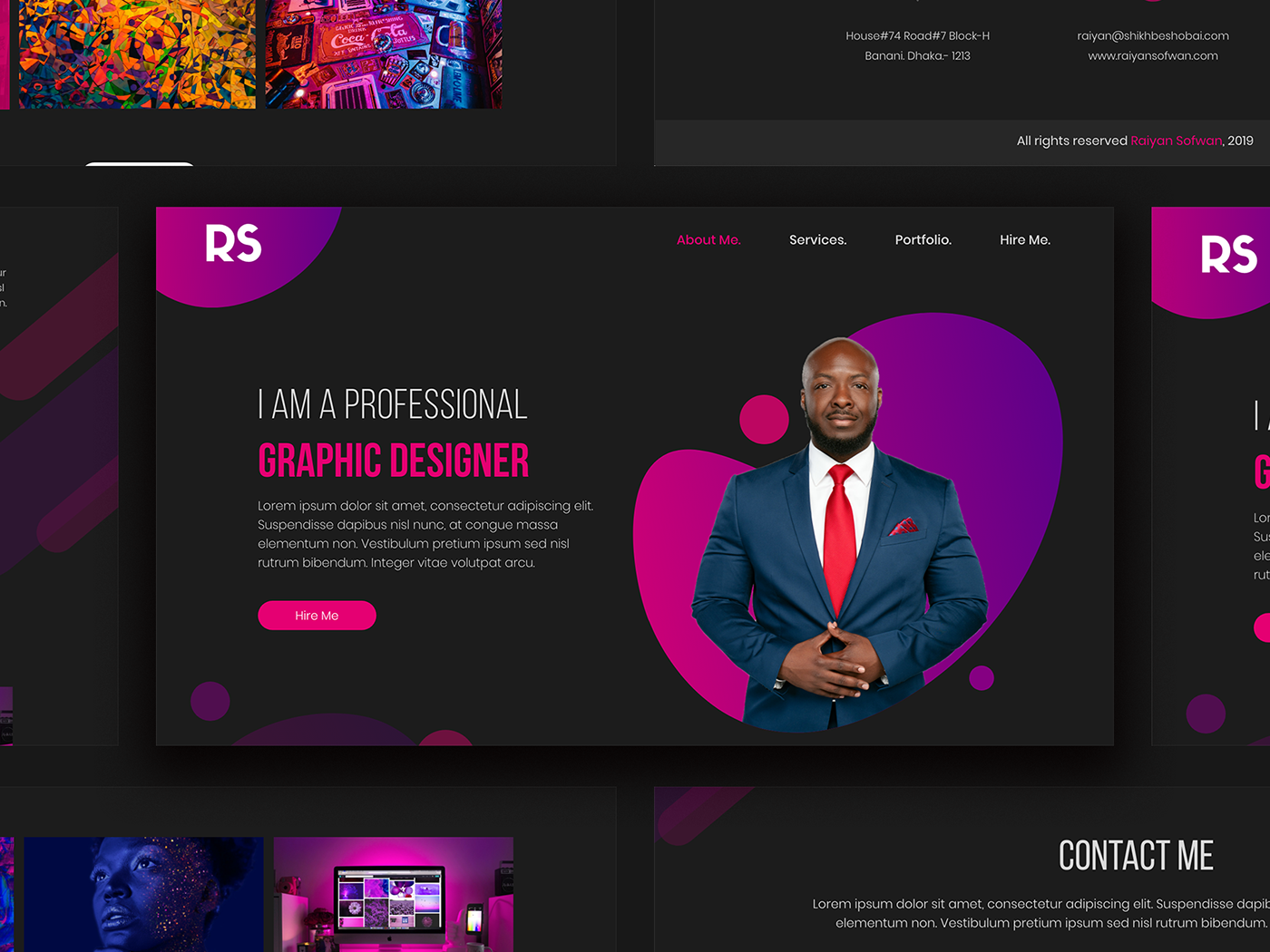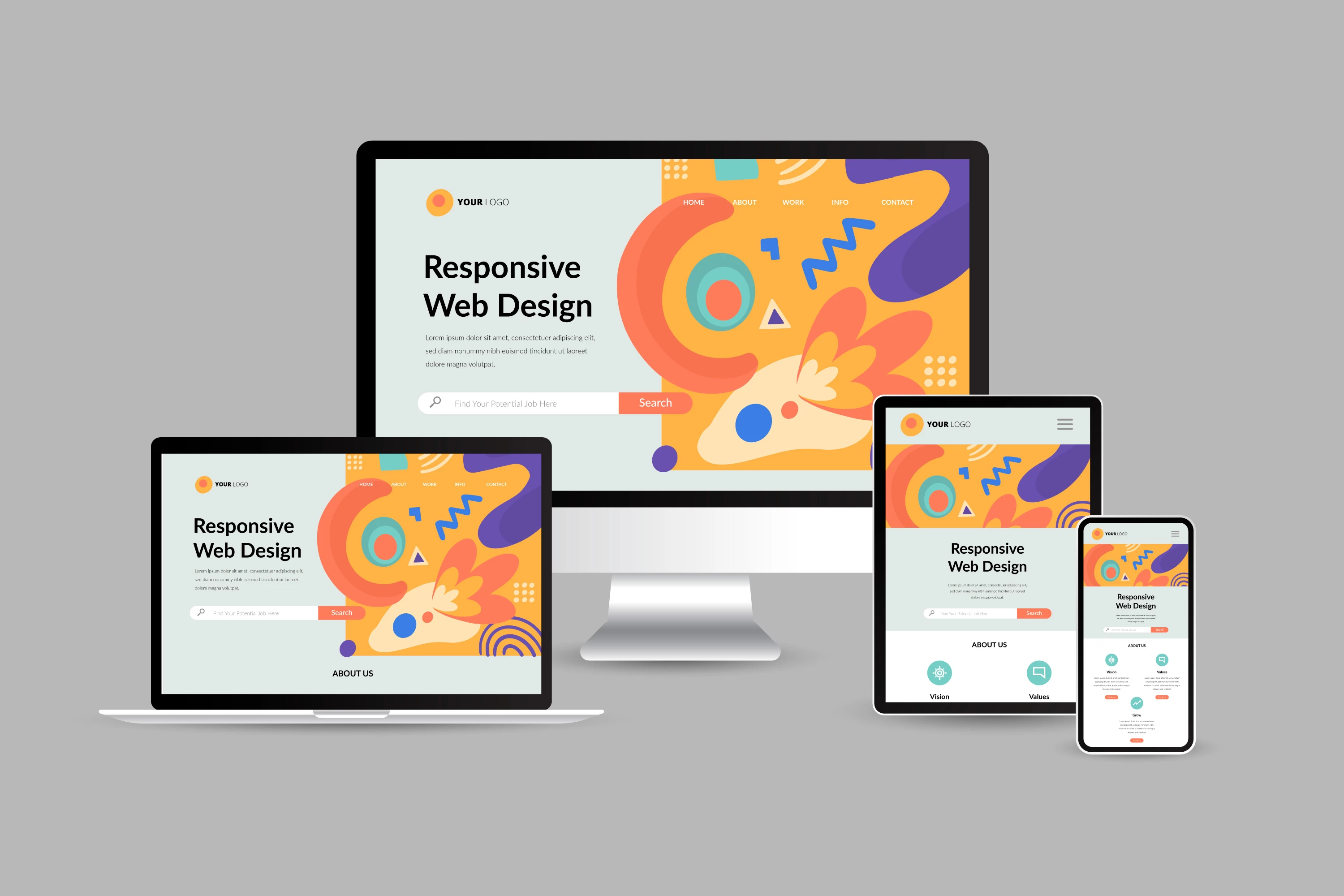Improving Customer Experience through Effective Website Design
Improving Customer Experience through Effective Website Design
Blog Article
The Power of User-Centered Website Design in Expanding Your Online Target Market
In a significantly competitive digital landscape, the importance of user-centered web site design can not be overstated. By focusing on the needs and actions of individuals, companies can produce web sites that not only draw in however also engage a varied target market. Reliable layout principles-- such as instinctive navigating and accessibility-- are essential in fostering customer contentment and commitment. Nonetheless, comprehending how to take advantage of these principles effectively elevates crucial inquiries concerning application and influence. What approaches can organizations take on to guarantee their styles resonate with users and ultimately drive growth?

Understanding User-Centered Style
User-Centered Style (UCD) is a fundamental method to site advancement that prioritizes the needs, preferences, and habits of end customers throughout the style process. This methodology stresses understanding users deeply-- with research techniques such as meetings, surveys, and usability screening-- to produce a web site that reverberates with them. By including individual comments at every phase, designers can make sure that the final item lines up carefully with customer assumptions.
UCD promotes repetitive design, where prototypes are checked and fine-tuned based on user interactions and experiences. This cycle not just enhances usability but also cultivates a feeling of ownership amongst customers, as they feel their input is valued and impactful. In addition, UCD assists recognize prospective barriers and pain factors in the individual trip, allowing designers to deal with these challenges proactively.
Ultimately, accepting UCD results in internet sites that are much more instinctive, interesting, and efficient. By placing individuals at the center of the layout process, organizations can create digital experiences that not just draw in but additionally preserve their target audience, driving greater complete satisfaction and commitment. In an affordable on-line landscape, this strategy is essential for attaining continual success.
Secret Principles of Individual Experience
A successful customer experience (UX) pivots on several essential principles that direct the layout procedure and boost communication between users and the website. Primarily, functionality is critical; the website needs to be intuitive, permitting individuals to navigate easily and locate details swiftly. This includes clear labeling and a logical structure that decreases cognitive lots.
Secondly, ease of access plays an essential duty in ensuring that all users, despite their disabilities or capabilities, can effectively engage with the web site. Integrating alt text for images, keyboard navigating, and display visitor compatibility promotes inclusivity.
Uniformity is another important principle. A cohesive design language, from color pattern to typography, aids users develop knowledge and trust with the site (Website Design). It likewise reinforces brand name identification
Moreover, comments mechanisms are vital. Customers must receive clear and immediate feedbacks to their activities, whether via aesthetic hints or confirmation messages, which improves their self-confidence in navigating the website.
Lastly, mobile responsiveness can not be neglected. With an increasing number of individuals accessing web sites using mobile tools, a style that adapts effortlessly to various display sizes is vital for maintaining a positive customer experience.

Benefits for Online Interaction
Reliable online interaction supplies numerous advantages that can considerably enhance a web site's general efficiency - Website Design. By fostering significant communications in between customers and the web site, organizations can grow a loyal audience that returns with consistency. Engaged customers are a lot more most likely to share material, thus enhancing natural reach and attracting new visitors via word-of-mouth promotion
Improved online interaction also results in improved customer fulfillment. When users locate a website that resonates with their go requirements, they are more inclined to explore its offerings extensively, which can cause higher conversion rates. In addition, appealing web content encourages users to spend even more time on the website, decreasing bounce prices and favorably influencing search engine ranking formulas.
In addition, effective engagement offers important understandings into user choices and habits (Website Design). By evaluating customer interactions, organizations can customize their material and design techniques to fulfill the developing assumptions of their target market. This adaptive technique not just boosts engagement yet also strengthens the brand name's online reputation as user-centric and receptive
Ultimately, prioritizing on-line engagement via user-centered style develops a thriving community where both the audience and the organization advantage, causing continual development and success in the electronic landscape.

Techniques for Reliable Style
To make best use of the advantages of online engagement, using particular techniques in web site design is critical. Initially, user-friendly navigating is essential; users must conveniently locate details without confusion. A well-structured menu, clear labels, and a logical power structure enhance the customer experience and decrease bounce rates.
Second, responsive design is important in today's multi-device atmosphere. Guaranteeing that an internet site adjusts seamlessly to different screen sizes promotes availability, thereby fitting a wider audience. This versatility not only improves user complete satisfaction but also positively influences online search engine positions.
Third, the use of aesthetic power structure overviews users' focus to essential components, such as telephone calls to activity (CTAs) Utilizing contrasting shades, varying font dimensions, and strategic spacing can properly guide individuals towards wanted actions, assisting in higher interaction.
Additionally, implementing consistent branding across all web pages develops trust and acknowledgment. A cohesive shade plan, typography, and images reinforce brand name identity and create a professional appearance.
Last but not least, optimizing loading rates is essential. Customers are less likely to engage with a slow-loading site, making efficiency optimization an essential element of effective layout. By including these methods, site designers can boost user experience and ultimately expand their on the internet audience.
Real-World Success Stories
Success stories in user-centered site design show the tangible benefits of prioritizing user experience. As a result, they experienced a 250% boost in on the internet donations, showing just how an instinctive style can drive individual engagement and assistance.
Another compelling instance is that of Airbnb, which made a fantastic read use of user-centered style principles to Web Site enhance their booking process. By streamlining the user journey and incorporating personalized referrals, they substantially decreased website abandonment prices. This concentrate on customer experience contributed to an earnings growth of over 70% in a solitary year, emphasizing the connection between properly designed interfaces and monetary success.
Moreover, the e-commerce giant, ASOS, executed individual testing to fine-tune their mobile application. By attending to individual pain points, they achieved an amazing 30% rise in mobile sales. These examples highlight that buying user-centered design not only boosts individual complete satisfaction yet likewise drives concrete business outcomes, enhancing the crucial function of individual experience in achieving online development.
Final Thought
By focusing on user needs and preferences, companies can develop instinctive and available digital experiences that promote loyalty and drive conversions. The assimilation of customer feedback throughout the style procedure not only reduces bounce prices yet also urges expedition.
User-Centered Layout (UCD) is an essential approach to site advancement that prioritizes the requirements, choices, and actions of end individuals throughout the style procedure. By incorporating customer responses at every stage, designers can make certain that the final item aligns closely with user assumptions.
A successful individual experience (UX) hinges on numerous crucial principles that guide the layout process and boost interaction in between users and the site.Success stories in user-centered site design show the substantial advantages of prioritizing individual experience. These instances highlight that investing in user-centered design not only enhances individual satisfaction but additionally drives substantial service results, enhancing the important role of individual experience in accomplishing on-line growth.
Report this page